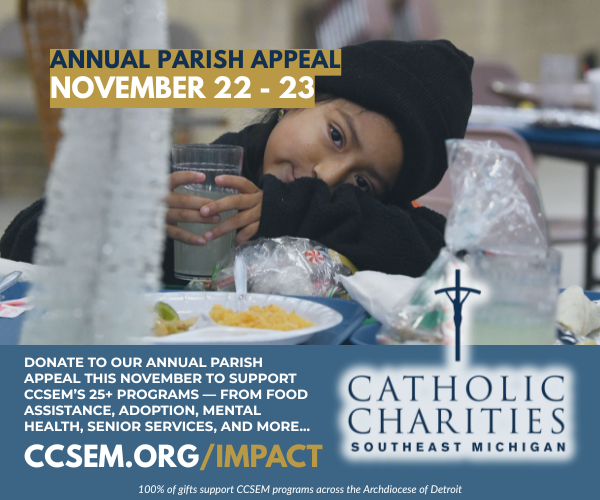A French communications company captured hearts this Christmas with an endearing ad. A young father turns on his favorite song and dances with abandon toward his infant son playing on the living room floor. Fifteen years later, father and son drive down a boulevard; the song comes on the radio and, glancing mischievously at his unamused passenger, the father ups the volume and begins “dancing” in the driver’s seat. Ten years later, the adult son sits in a café, utterly mortified as the song, blaring as his father’s ring tone, prompts the same ridiculous moves before a wondering audience of breakfasting clientele. But, in the final scene, the son video-calls his father, now an old man reading by the dim light of the Christmas tree. “Merry Christmas, Dad,” he says, cradling his own infant son. Then, with a look of tenderness, he turns on the song and begins gently dancing. The father groans in disbelief and begins dancing himself, stiffly at first but slowly gaining confidence, love lightening his step and illumining the room.
In a sense, this sequence tells the story of Christmas. It tells the story of a Love so great that it descends into ignominy, forsaking its own dignity for the sake of the beloved. “God made him to be sin who did not know sin, so that we might become the righteousness of God in him” (2 Cor. 5:21). Of course, Jesus did not become sin in the sense of sinning, but, throughout His life, and especially on the Cross, He did experience the full weight of sin, the agony of all sinners from the world’s beginning to its end.
In her meditation on the Anima Christi prayer, beloved spiritual writer Mother Mary Francis, PCC, offers a thought-provoking interpretation of the petition, “O good Jesus, hide me within thy wounds.” This “hiding,” she says, does not mean that Christ’s wounds are shielding us from anything. In fact, it means the opposite. What does one hide in a wound? Healing ointment. We must be, she says, the balm in Christ’s wounds. Christ’s Body is His Church; His wounds are her members’ suffering and sinfulness.
During the Christmas and New Year’s festivities, you probably encountered, along with the celebration, many such wounds among family and friends. We must extend the story of Christmas into 2019 by becoming ointment in these wounds. Because self-knowledge is necessary to heal our own wounds, and because we rarely see our faults as clearly as others do, begin by asking someone you trust to point out an area in which you can improve. And then, offer a listening ear to someone who is struggling, or, prudently, bring the light of truth to bear on a situation of sin. Then, in the wonderful mystery of grace, you and the other will both be able to dance, because “God so loved the world that He gave us His only-begotten Son,” who is the “true light … coming into the world” (Jn. 3:16, 1:9).
Sr. Maria Veritas Marks is a member of the Ann Arbor-based Dominican Sisters of Mary, Mother of the Eucharist.










